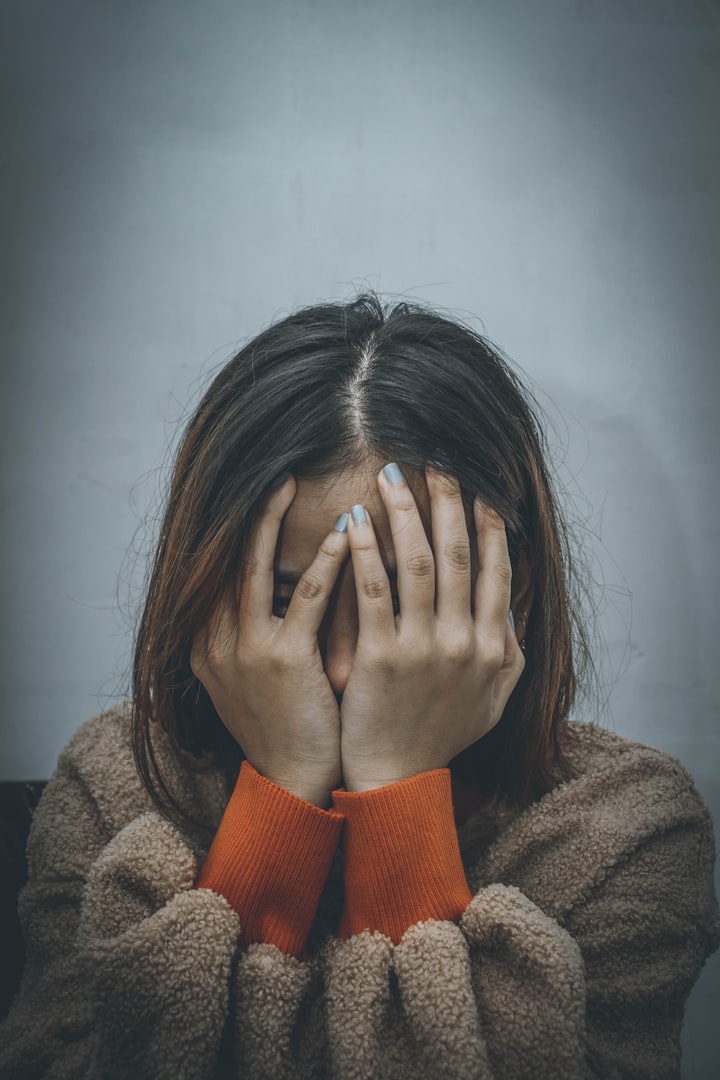The 5 Wounds of Humans
How to Recognize Them Through Emotional-Eating Behavior

The link between eating and emotional behavior is no longer a novelty in psychology. And yet, when we introduce the concepts of spiritual healing and evolution into the equation, things become much more interesting and useful.
Lise Bourbeau: The 5 wounds that keep us from being ourselves
In the book The 5 Wounds That Prevent Us From Being Ourselves, Canadian author and therapist Lise Bourbeau discuss the concept of emotional-spiritual healing through the physical body and the food and relationship patterns we have created throughout. life.
Lise Bourbeau identifies 5 fundamental wounds that we are born with and that are part of our evolutionary life lesson. Through their awareness, the author claims that we can free ourselves from much physical and emotional suffering, stepping on the path of healing and spiritual evolution.
These wounds are activated during childhood, when we create specific masks that become part of our personality, to avoid reliving these sufferings in the future. Of these injuries, at least two become dominant throughout our lives and are reactivated, one at a time or simultaneously, in various situations related to interaction with others.
The way we eat can, however, give us valuable clues about active wounds at a certain point in life. And their awareness is the first step in the process of emotional and spiritual healing.
The 5 emotional wounds and masks used to hide them
The 5 fundamental emotional wounds, through the awareness of which we can evolve at a holistic level, are the following:
- Rejection wound - associated with the fugitive's mask;
- Abandonment wound - associated with the addict's mask;
- Humiliation wound - associated with the Masochist's mask;
- Betrayal wound - associated with the Dominator's mask;
- The wound of injustice - associated with Rigid's mask.
Their names are more or less relevant, important are our reactions at a certain point in life and the food and behavioral patterns that hide behind them. As the author writes, <The human being nourishes his physical body in the same way as he nourishes the emotional or the mental one> (The 5 wounds that prevent us from being ourselves, p. 21).
The 5 wounds: rejection wound
Thus, when we usually prefer to eat small portions of food or not eat at all, especially in emotionally charged situations, we can recognize ourselves in the mask of the Fugitive, which is associated with the rejection wound. The same thing happens when sweets are our daily method of calming and controlling our fears.
This mask hides our subconscious desire to run away from reality and to reject an existence in which we feel deeply alone, misunderstood, or without stable roots.
The 5 wounds: abandonment wound
When we usually eat a lot and with pleasure, both to fulfill a physiological need, but especially to feel good and safe, we can realize that we are wearing the addict's mask, associated with the wound of abandonment.
Our deep feeling is that we do not get enough attention or love, it will transfer to our relationship with food, in which we will seek the same emotional security, but feeling that we do not receive enough. Therefore, usually, when we wear the mask of the Addict we do not gain weight, because at the subconscious level we also send our body the message that it does not receive what it needs.
Here, our deep desire for emotional security is manifested in preference to mostly soft foods, especially bread, seen on a symbolic level as a support for life. We will also want to eat most often in the company of others, trying as much as possible to prolong the moment of pleasure and unconditional attention from loved ones.
The 5 wounds: humiliation wound
When we have an extreme eating behavior, we can recognize ourselves in the mask of the Masochist, which is associated with the wound of humiliation. Then we will oscillate between consuming large amounts of food with an unstoppable appetite and consuming only small portions of food, but repeated, eventually reaching a large amount.
Many times we can end up eating compulsively, totally forgetting about ourselves and focusing only on the sensations of the moment.
The act of eating becomes for us most often a form of reward, but for which we later feel guilty. Therefore, we may often be ashamed to eat so-called forbidden foods (such as sweets or fatty foods) in the company of others. We suspect that they might judge us humbly for this, but in fact, we are the ones who judge ourselves in this way.
The 5 wounds: betrayal wound
When we constantly consider the act of eating as an occupation that consumes us of the time necessary for other activities, it is very likely to wear the mask of the Dominator, associated with the wound of betrayal. Our habit is to eat very quickly or to control our hunger when we are busy, to dedicate our energy to those activities that we consider more important to us.
Instead, when we allow ourselves to enjoy the act of eating, we will do so with all our passion, often consuming more than would be normal. In addition, we like to season our food to the fullest, sometimes even before we taste it. Thus we fulfill the subconscious desire to have control over all the people and things in our lives.
The 5 wounds: the wound of injustice
When the idea of control predominates in our food choices, we can easily recognize ourselves in the mask of the Rigid, associated with the wound of injustice. We will often prefer salty foods to the detriment of sweet and crunchy foods to the detriment of soft ones. In addition, we will always try to adhere to a balanced eating plan, even with the risk of controlling ourselves at all times.
This urgent need to find balance in our diet reflects our deep desire to achieve perfection in ourselves and in everything we do. And in the rare moments when we lose this strict control over food, we will feel that we have almost committed an injustice and we will tend to return with even more perseverance to the practice of <perfection>.
The 5 wounds and spiritual healing
The 5 wounds described above can be so painful and so deeply hidden in us that at first, we may completely reject any association with their nutritional patterns. But once we are aware of them and grant ourselves the right to suffer, but also to revolt, we will already be on the path of spiritual healing indicated by Lise Bourbeau.
Then comes the assumption of responsibility for our own emotions, thoughts, and gestures, knowing that those around us are mere catalysts for our reactions, which have been conditioned in the past by suffering.
In the end, we can only accept the fact that all this suffering, with the masks created to hide it, is strictly related to the past and the perceptions of the child of yesteryear. And now it is in our hands to give it up, step by step, as we reevaluate our previous perceptions and realize that we no longer need masks to protect us from the events of life.





Comments
There are no comments for this story
Be the first to respond and start the conversation.